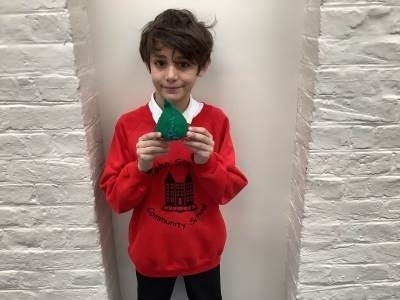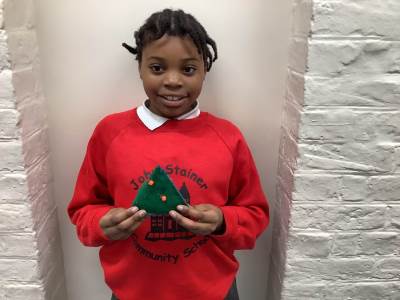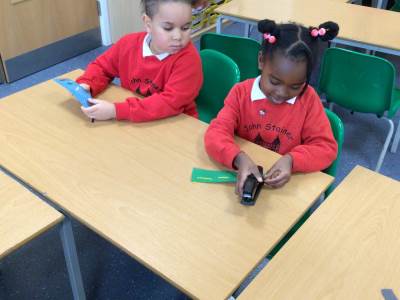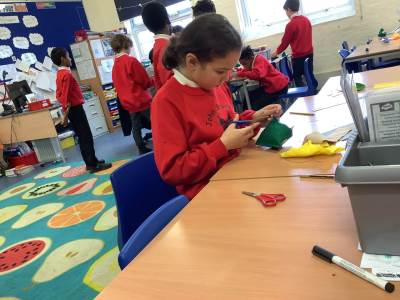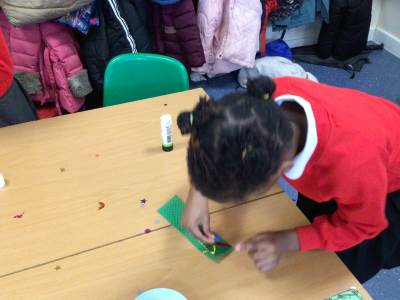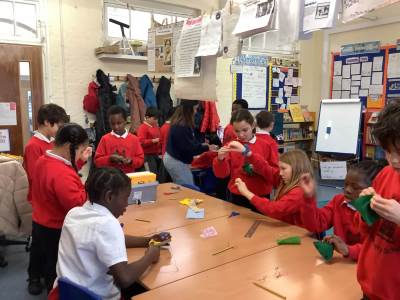Design and Technology
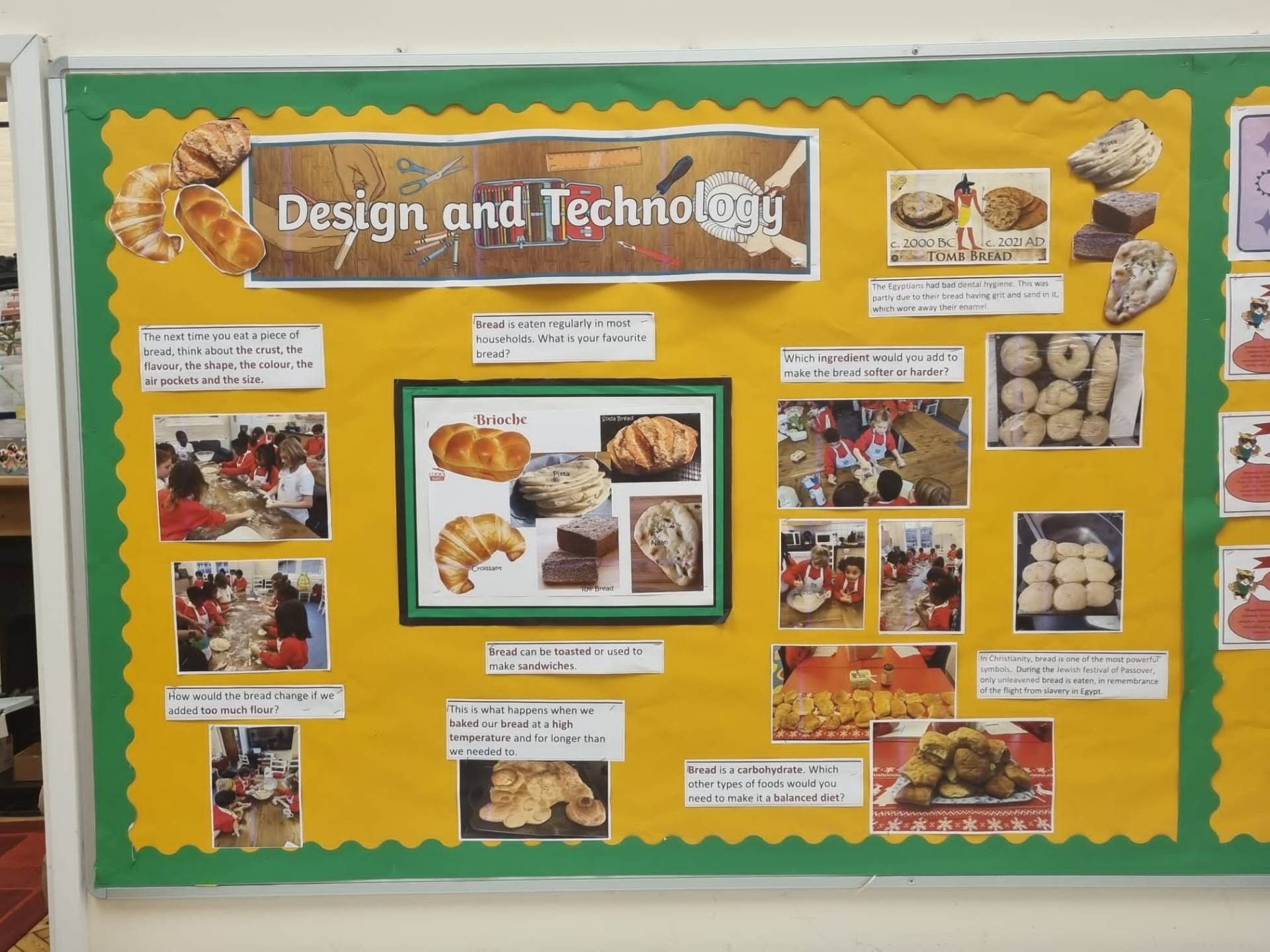
Our children study a D.T units which encourage them to learn through a variety of creative and practical activities - through these activities pupils are equipped with the knowledge, understanding and skills to engage successfully and with increasing independence in the process of designing and making.
The units include investigative and evaluative activities where children learn from a range of existing products. Pupils are then encouraged to use the knowledge gained when designing and making their own products. Pupils develop skills to be able to evaluate their products, considering the views of others and their own design criteria.
To give broad and deep coverage of the national curriculum, pupils are taught the following units:
- Textiles
- Mechanisms
- Structures
- Electronics
- Food and Nutrition
Our DT Curriculum is based on and goes beyond the National Curriculum. It ensures that all pupils:
- develop the creative, technical and practical expertise needed to perform everyday tasks confidently and to participate successfully in an increasingly technological world.
- build and apply a repertoire of knowledge, understanding and skills in order to design and make high - quality prototypes and products for a wide range of users.
- critique, evaluate and test their ideas and products and the work of others.
understand and apply the principles of nutrition and learn how to cook. The national curriculum for design and technology aims to ensure that all pupils:
- develop the creative, technical and practical expertise needed to perform everyday tasks confidently and to participate successfully in an increasingly technological worl
- build and apply a repertoire of knowledge, understanding and skills in order to design and make high - quality prototypes and products for a wide range of users.

- critique, evaluate and test their ideas and products and the work of others.
- understand and apply the principles of nutrition and learn how to cook.
By the end of each key stage, pupils are expected to know, apply and understand the knowledge, skills and processes specified in the relevant programme of study.
Textiles
In the Textile units, children learn how to shape and join textiles to make a variety of products. This progresses from using basic running stiches right through to joining textiles using a greater variety of stitches, such as backstitch, whip stitch and blanket stitch.
The children use a range of tools and equipment to perform practical tasks such as cutting, shaping, joining and stitching.
DT - Textiles
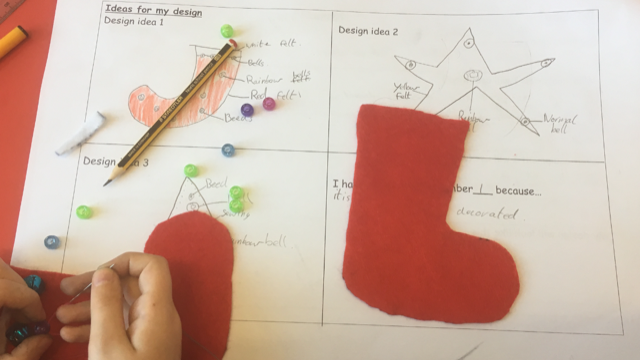 During our Textiles day pupils design and make products from various textile based materials. The children use a range of tools and equipment to perform practical tasks such as cutting, shaping, joining and stitching.
During our Textiles day pupils design and make products from various textile based materials. The children use a range of tools and equipment to perform practical tasks such as cutting, shaping, joining and stitching.

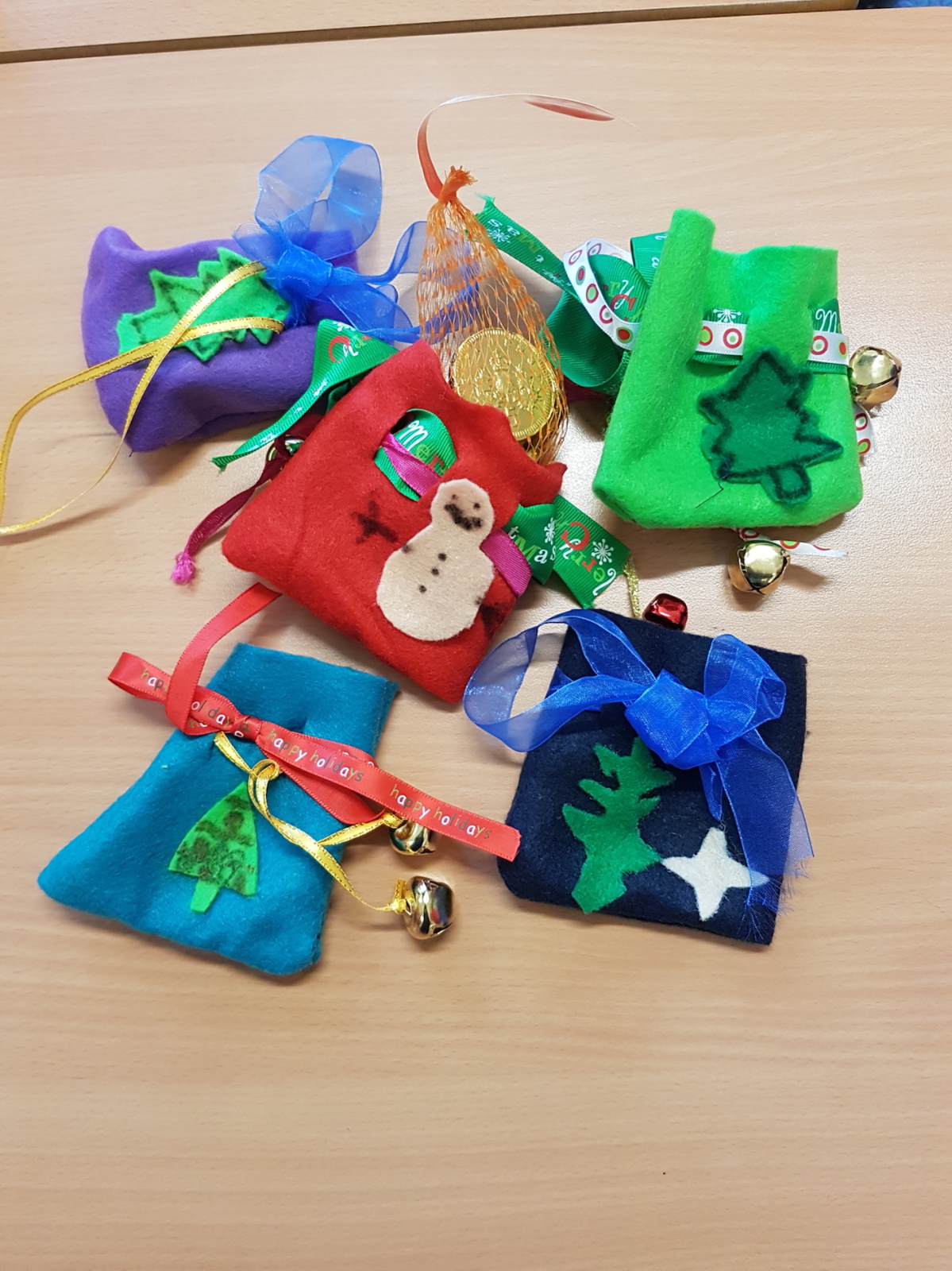
Mechanisms
In this unit pupils learn how mechanical parts can be used to convert movements into motion. The mechanisms used can be levers, sliders, wheels, axles; the list goes on!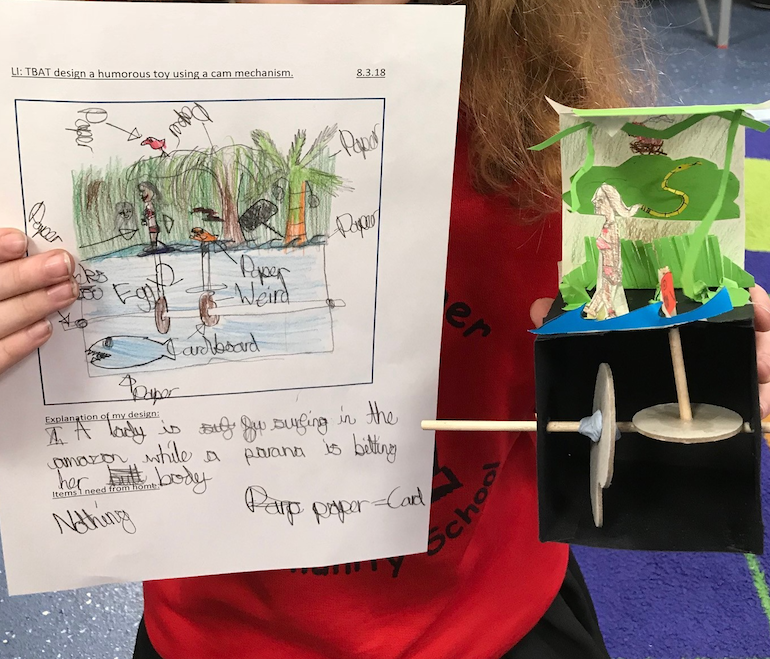
Structures
Within this strand, pupils build structures, exploring how they can be made stronger, stiffer and more stable. Pupils apply their understanding of how to strengthen, stiffen and reinforce more complex structures.

Electronics
Pupils learn how to design and make functioning electronic circuits:
They understand and demonstrate that mechanical and electrical systems have an input, process and output. Students also make and represent simple electrical circuits - such as series circuits incorporating switches, bulbs, buzzers and motors.
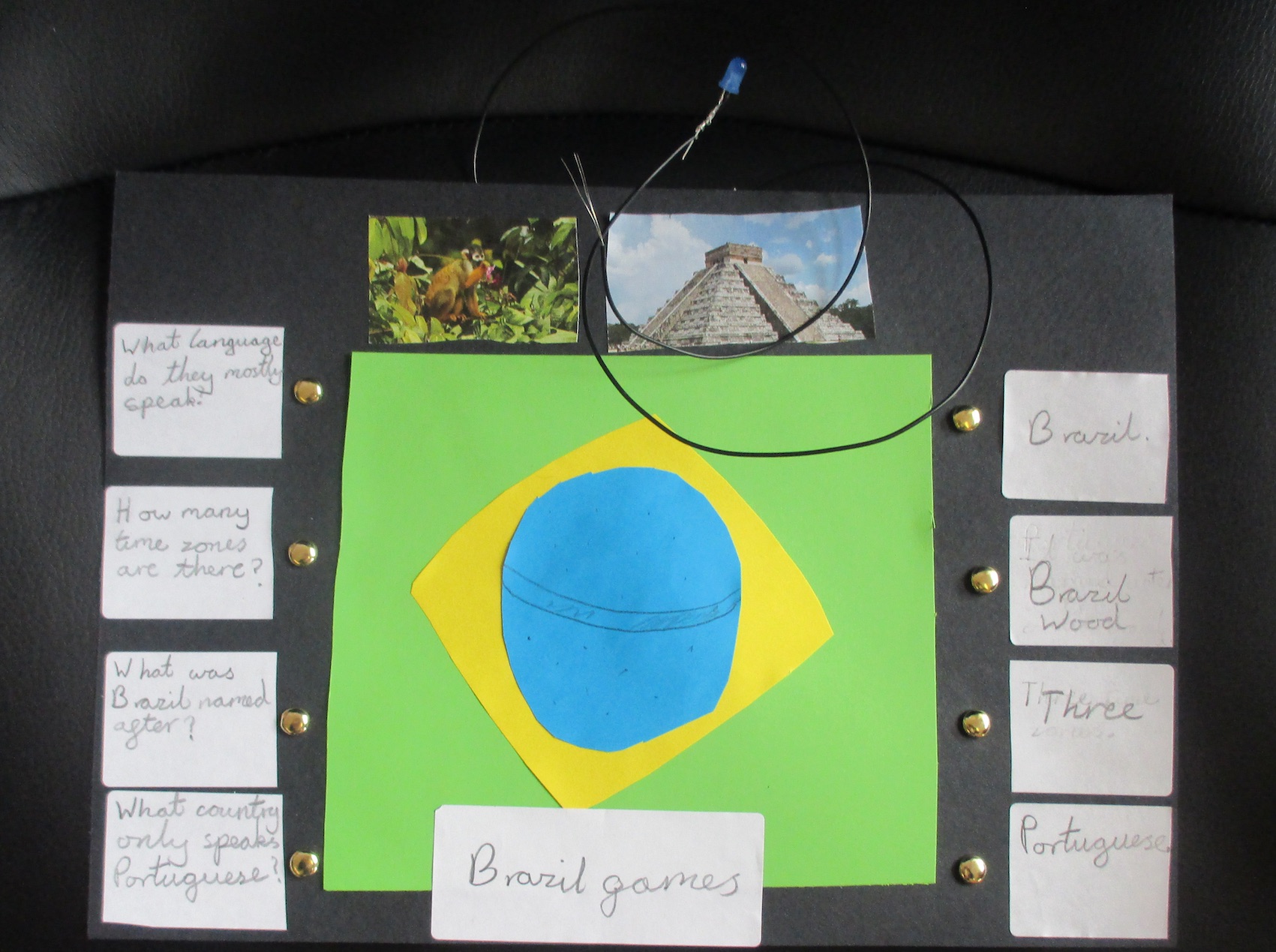
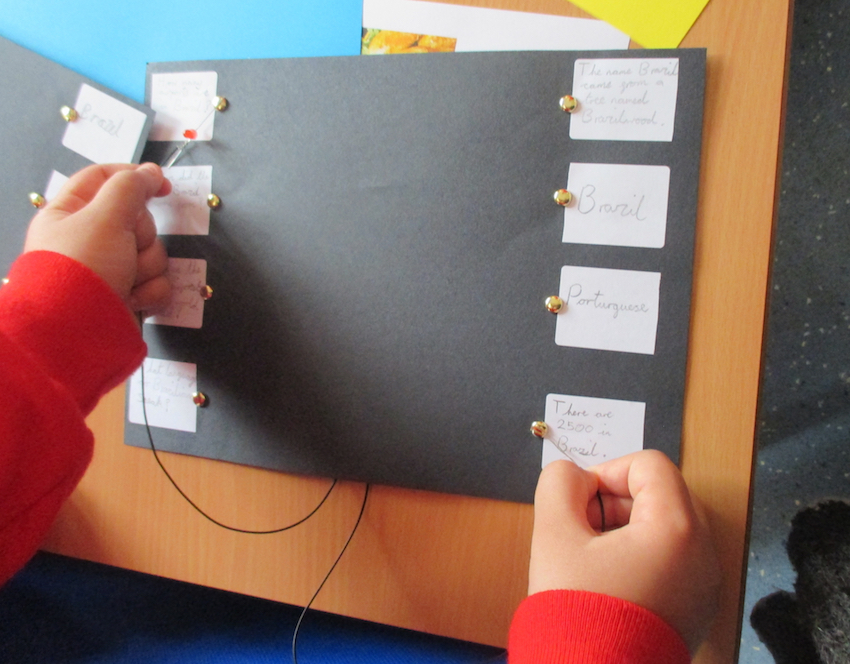
Food and Nutrition

They plan, design, prepare and cook a variety of dishes using a range of cooking techniques. Pupils also learn how to use hand tools and kitchen equipment safely and appropriately and learn to follow hygiene procedures.
Intent
- Develop the creative, technical and practical expertise needed to perform everyday tasks confidently and to nurture their understanding of mechanical and electrical systems and participate in an increasingly technological world.
- Build and apply a repertoire of knowledge, understanding and skills in order to design and make high-quality prototypes and products for a wide range of users.
- Critique, evaluate and test their ideas and products and the work of others.
- Empower children to develop healthy lifestyles by applying the principles of nutrition and learning how to cook.
- To develop the children’s knowledge of tools and to encourage children to select appropriate tools and techniques for making a product, whilst following safe procedures.
- To reflect on and evaluate present and past design and technology, its uses and effects.
Implementation
Throughout our DT curriculum, the children follow a design, make, evaluate model to develop their knowledge and skills.Designing
- Annotate design ideas.
- Represent design ideas using a range of techniques including modelling.
- Use relevant research to inform and develop creative design ideas.
Making
- Work safely and independently using a range of tools and equipment to produce high quality products.
- Being confident cutting, bending, shaping and joining different types of materials.
Evaluating
- Reflecting on their progress and ability.
- Analysing and evaluating the work of others to influence their own work.
Technical Knowledge
- Understand the main categories and properties of common DT materials.
- To be able to identify the impact DT has on wider social, environmental and moral issues.
Impact
Throughout the school, Design and technology is documented through portfolios, these are kept as they progress throughout the school. Class teachers use observations and questioning as an indication to assess whether the children are meeting the expected standard for their age. This information is also recorded and kept as an indication to support future planning and the development of the DT scheme. We also encourage the children to self and peer reflect by giving constructive criticism within the lessons. When assessing, teachers and children will consider vocabulary and the use of skills and knowledge. At John Stainer our aim is that, by the time they leave our school, our children will have a wide understanding which they will be able to use to create original, imaginative, inventive and distinctive designs and projects.


